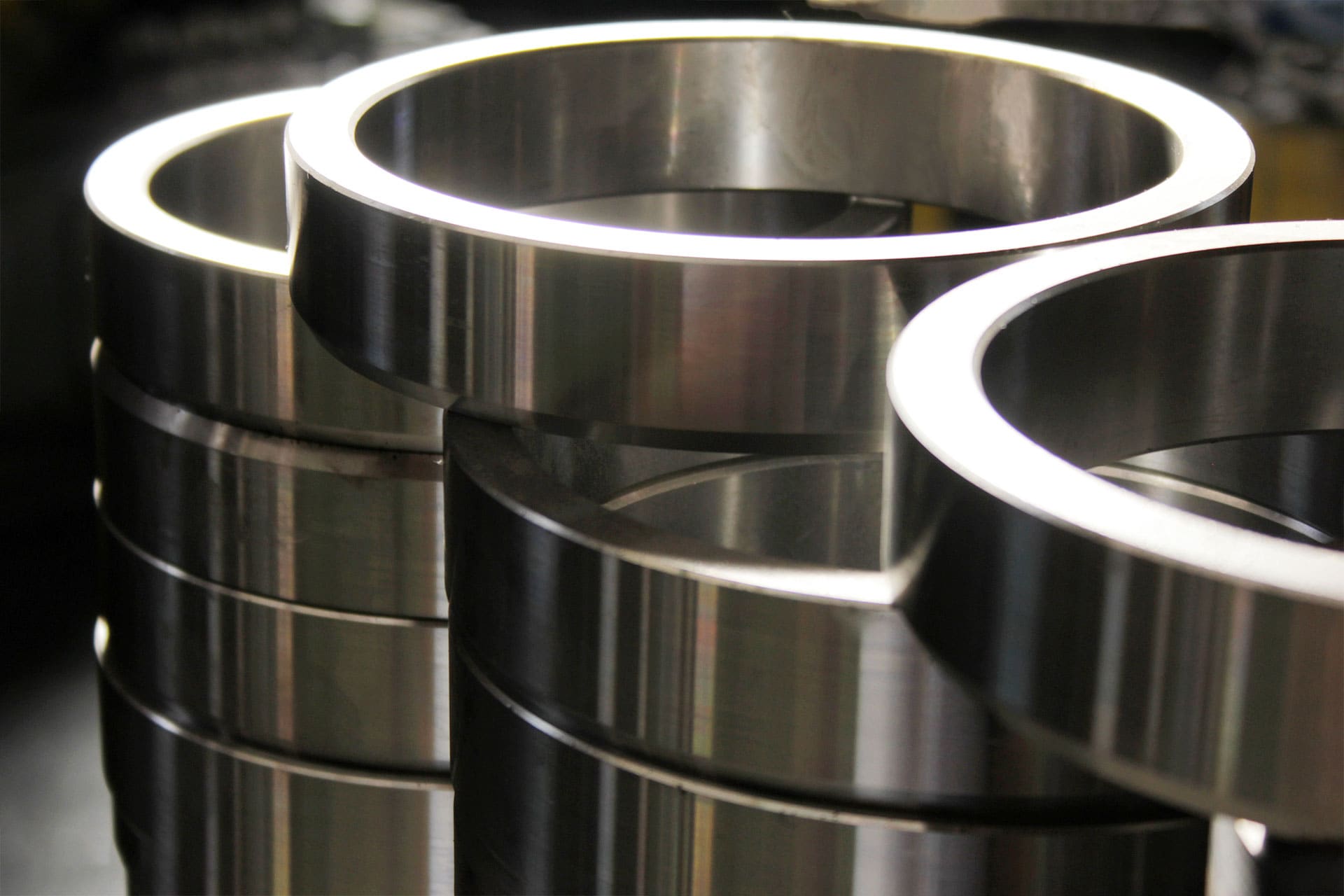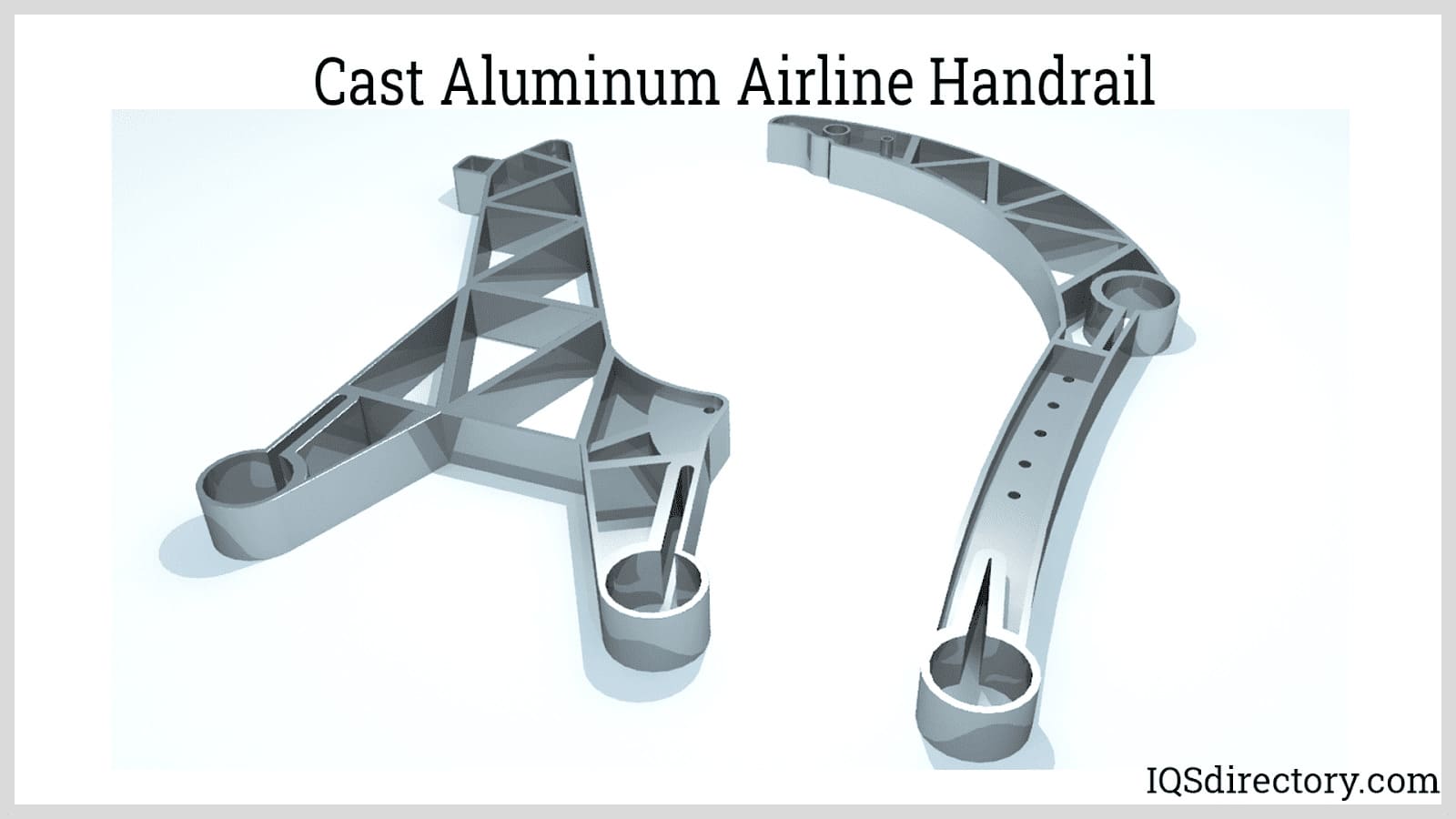All Concerning Light Weight Aluminum Castings: Understanding Their Role and Value in Manufacturing
Light weight aluminum castings are essential to modern manufacturing, supplying a blend of lightweight homes and durability. They help with intricate designs while minimizing setting up prices. Industries such as aerospace and automobile often use these parts for improved efficiency. The production of aluminum spreadings is not without its obstacles. Comprehending the subtleties of this procedure exposes both the benefits and prospective pitfalls. Checking out these variables will certainly supply much deeper insights right into their growing importance.
Summary of Light Weight Aluminum Spreading Processes
Light weight aluminum casting procedures play an important function in manufacturing, supplying adaptability and efficiency. These procedures involve putting liquified aluminum into molds to produce exact forms and elements. Numerous methods are employed, including sand spreading, die casting, and investment casting, each identified by its method of mold development and the desired application.
Sand casting uses a combination of sand and binder to form mold and mildews, permitting complex geometries. Die casting, on the various other hand, involves requiring liquified light weight aluminum right into steel mold and mildews, resulting in high accuracy and smooth surfaces. Investment casting, frequently utilized for complex layouts, entails creating a wax pattern coated with a ceramic shell, which is then loaded with liquified light weight aluminum.
These casting techniques satisfy varied commercial needs, making aluminum a recommended material for components in industries such as vehicle, aerospace, and consumer products. The option of casting strategy greatly affects the end product's high quality and performance.
Benefits of Utilizing Light Weight Aluminum Castings
The advantages of using aluminum spreadings in production are countless and substantial. To start with, light weight aluminum's lightweight nature contributes to lowered overall product weight, improving power efficiency in applications such as aerospace and auto industries. Additionally, light weight aluminum spreadings display excellent corrosion resistance, ensuring long life and durability in rough settings. The material's thermal and electrical conductivity also makes it appropriate for numerous applications, consisting of electronics and warm exchangers.
On top of that, light weight aluminum castings can be produced with intricate layouts, allowing for a lot more complicated forms that satisfy particular useful demands. This versatility adds to minimized assembly costs and boosted style adaptability. Additionally, the casting procedure itself is efficient, enabling high-volume production with regular quality. Aluminum is recyclable, making it an eco friendly choice in production. Jointly, these advantages highlight why aluminum castings are significantly preferred throughout varied industries, using both efficiency benefits and financial effectiveness.
Typical Applications of Light Weight Aluminum Castings
While different materials are made use of in production, aluminum castings attract attention as a result of their wide series of applications throughout multiple markets. These castings are extensively utilized in the vehicle market for engine components, transmission housings, and structural parts, contributing to lighter vehicles and boosted fuel efficiency. In the aerospace industry, light weight aluminum spreadings are vital for airplane parts, where weight decrease is important for efficiency and safety.
Furthermore, the electric market employs light weight aluminum spreadings for housings and structural aspects in equipment, taking advantage of the product's superb conductivity. In customer products, aluminum spreadings can be found in things such as devices and sporting devices, supplying durability and a modern visual. Additionally, the construction sector utilizes aluminum spreadings in building aspects, window frames, and fixtures, showcasing their convenience and toughness. In general, aluminum spreadings play an important role in boosting item performance and effectiveness throughout different markets.
Key Production Techniques for Aluminum Castings
The production of light weight aluminum castings relies upon various techniques, with sand casting and die casting being amongst one of the most prominent. Sand spreading entails producing mold and mildews from sand, enabling for elaborate layouts and big elements. On the other hand, die casting makes use of high-pressure injection of liquified aluminum right into recyclable molds, offering precision and performance for automation.
Sand Casting Refine
Sand spreading stands as one of one of the most widely made use of methods for producing light weight aluminum spreadings, thanks to its flexibility and cost-effectiveness. This process includes producing a mold and mildew from a mixture of sand and a bonding agent, generally clay. As soon as the mold and mildew is prepared, liquified light weight aluminum is put into it, allowing the steel to load the tooth cavity. After cooling down, the mold is escaped to disclose the spreading. Sand casting fits large parts and complicated geometries, making it appropriate for numerous applications. Additionally, it enables for easy modifications, enabling producers to adjust designs swiftly. However, the surface coating might call for added machining for accurate applications, guaranteeing the end product satisfies high quality requirements.
Pass Away Spreading Approaches
Pass away casting stands for an extremely reliable technique for producing light weight aluminum spreadings, characterized by its capacity to supply high accuracy and superb surface area coating. This method mainly includes forcing molten aluminum right into a mold and mildew under high stress, making sure that great information and elaborate shapes are captured accurately. There are two primary die casting approaches: hot chamber and cold chamber. Hot chamber die casting appropriates for alloys with reduced melting factors and permits faster cycles, while cool chamber pass away casting is ideal for high-temperature alloys, needing separate melting systems. Both approaches improve production prices and decrease material waste, making pass away casting a preferred choice in sectors such as automotive and electronic devices, where longevity and dimensional precision are critical.
Sustainability in Light Weight Aluminum Casting Manufacturing
While the need for aluminum castings continues to expand, makers are increasingly prioritizing sustainability in their production processes. This change is driven by the need to minimize environmental impact and save natural deposits. Many business are taking on recycling efforts, utilizing scrap aluminum, which significantly lowers power usage and greenhouse gas exhausts compared to key aluminum manufacturing. Furthermore, advancements in casting modern technologies are enabling a lot more reliable use products, minimizing waste during the manufacturing procedure.
Producers are likewise discovering environmentally friendly options to conventional casting approaches, such as 3D printing and advanced mold and mildew innovations, which help enhance source use. Wisconsin Aluminum Foundry. In enhancement, carrying out sustainable methods in supply chain monitoring guarantees that raw materials are sourced responsibly. As a result, the light weight aluminum spreading industry is making strides toward a much more sustainable future, straightening with international ecological objectives while satisfying the increasing need for high-performance aluminum items
Obstacles and Factors To Consider in Light Weight Aluminum Spreading
Light weight aluminum casting presents various difficulties that makers must navigate to guarantee item integrity. Design intricacy can make complex the casting procedure, causing prospective issues and raised manufacturing time. Furthermore, maintaining rigorous top quality control standards is necessary to satisfy the demands of accuracy and integrity in completed components.

Layout Intricacy Issues
Designing components for aluminum spreading offers numerous intricacies that designers must navigate to attain perfect results. One considerable obstacle is the demand for precise geometry; complex designs can cause troubles in mold and mildew creation and boosted threat of defects. In addition, thermal buildings of light weight aluminum require cautious factor to consider of cooling rates, as uneven air conditioning can trigger warping. Wall surface density variants additionally present an obstacle, as they can influence circulation features and structural stability. Engineers should balance design visual appeals with manufacturability, guaranteeing that attributes such as ribs and fillets are optimized for toughness without making complex the casting procedure. Lastly, considerations concerning draft angles are necessary to facilitate mold and mildew release, further making complex the layout process. These variables collectively underscore the ins and outs associated with aluminum spreading style.
Top Quality Control Difficulties
Attaining premium light weight aluminum spreadings involves maneuvering a variety of top quality control difficulties that can substantially affect the final item. Variants in raw material structure can lead to disparities in casting homes, making it necessary to guarantee worldly top quality. Second, the spreading process itself is More Help susceptible to defects, such as porosity and shrinkage, which can compromise architectural honesty. Furthermore, temperature control throughout melting and pouring is essential; variations can lead to unequal solidification, affecting dimensional precision. Moreover, extensive evaluation techniques, consisting of non-destructive testing, should be employed to recognize issues early. Ultimately, keeping rigorous procedure paperwork and adherence to sector criteria is crucial for traceability and top quality assurance, highlighting the elaborate balance needed to generate trusted aluminum castings in manufacturing.
Future Trends in Aluminum Spreading Modern Technology
As makers endeavor to enhance effectiveness and sustainability, technologies in aluminum casting innovation are emerging to fulfill these demands. One considerable fad is the assimilation of automation and artificial intelligence, which streamline manufacturing processes and boost precision in casting procedures. These developments lessen human error and enhance resource usage, ultimately causing cost reductions.
In addition, the adoption of advanced materials and alloys is reshaping the landscape. New solutions boost efficiency qualities, such as deterioration resistance and light-weight buildings, making light weight aluminum spreadings much more flexible throughout numerous industries.
Sustainable techniques are obtaining traction, with an emphasis on recycling and decreasing waste (Metal Castings). Methods such as 3D printing are additionally being discovered to develop complex geometries that the original source were previously unattainable
Often Asked Questions

How Do Aluminum Castings Contrast to Other Materials?
Light weight aluminum castings use benefits such as lightweight, deterioration resistance, and outstanding thermal conductivity contrasted to other products. They are commonly favored for applications calling for resilience and efficiency, especially in aerospace and automobile industries.
What Is the Life Expectancy of Light Weight Aluminum Castings?
The life-span of aluminum spreadings generally ranges from 10 to 50 years, relying on ecological problems, use, and maintenance. Their rust resistance and resilience add visibly to their lasting efficiency in different applications.
Can Light Weight Aluminum Castings Be Reused?
Yes, aluminum spreadings can be reused. The reusing process is efficient, enabling the recuperation of aluminum without considerable loss of top quality, making it a sustainable option in manufacturing and minimizing environmental influence.
What Precaution Are Needed During Light Weight Aluminum Casting?
During light weight aluminum spreading, crucial safety and security measures consist of using ideal personal safety equipment, making sure proper ventilation, maintaining equipment, making use of fire-resistant products, and applying safe handling methods for molten steel to stop injuries and mishaps.
How Do Temperature Changes Affect Aluminum Castings?
Temperature level modifications noticeably affect aluminum castings by influencing fluidness, solidification prices, and mechanical homes. Quick cooling can result in increased brittleness, while gradual air conditioning advertises far better structural integrity and decreases the threat of defects.
Die spreading, on the other hand, entails requiring molten light weight aluminum into steel mold and mildews, resulting in high precision and smooth finishes. The production of light weight aluminum spreadings counts on different strategies, with sand casting and die spreading being among the most prominent. Sand casting stands as one of the most image source widely made use of techniques for generating aluminum spreadings, thanks to its adaptability and cost-effectiveness. Pass away spreading represents a highly effective method for generating light weight aluminum castings, characterized by its capability to deliver high precision and outstanding surface area coating. While the need for light weight aluminum spreadings continues to expand, producers are progressively prioritizing sustainability in their production processes.